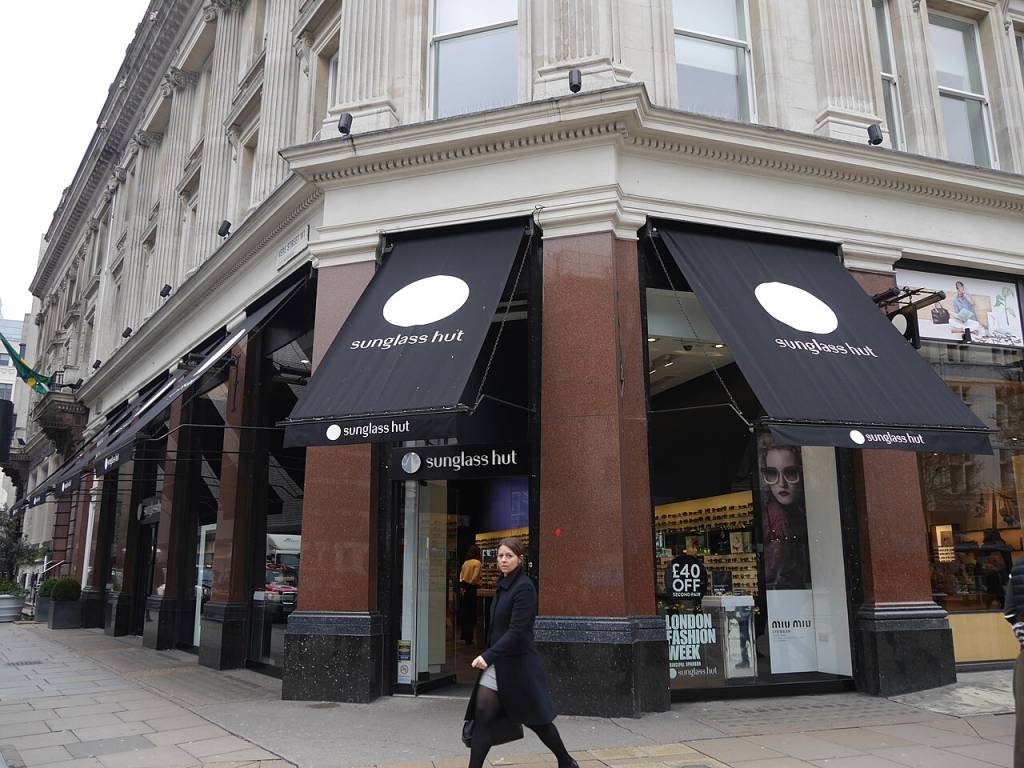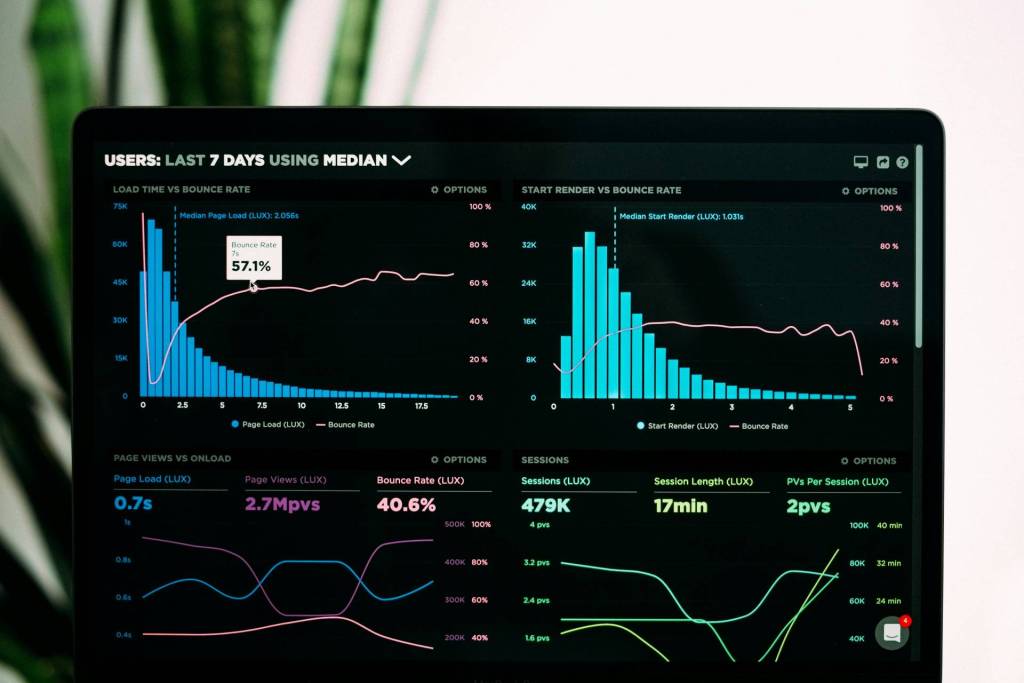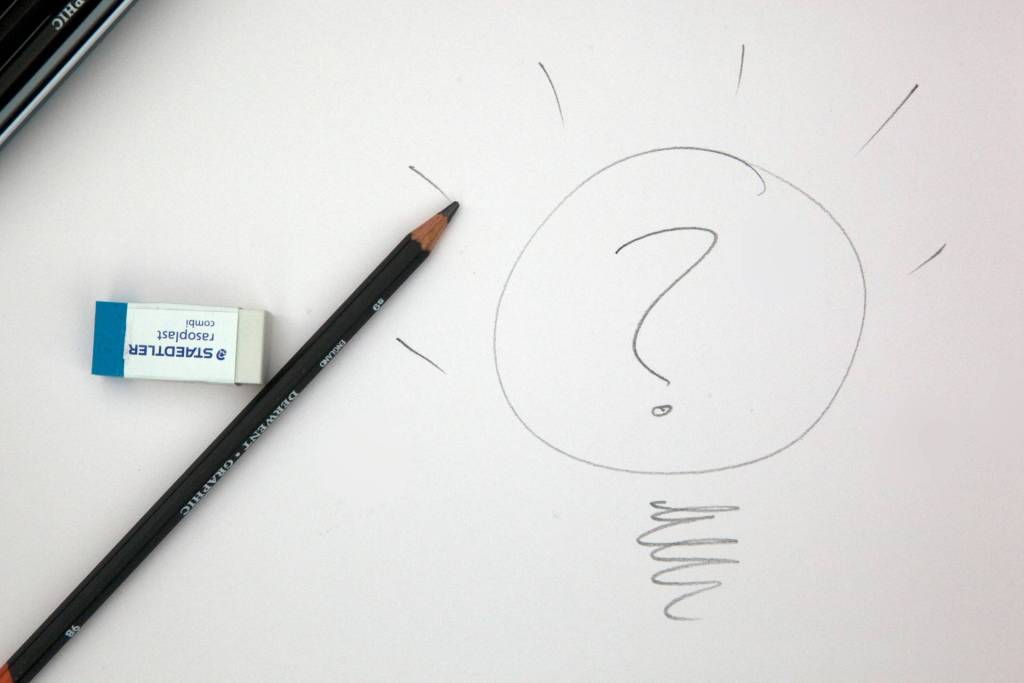There seems to be a hierarchy of social media when it comes to “serious” brand building. At the top of the pyramid for business credibility is LinkedIn, with its sleek, uncluttered, resume-style look. Twitter comes in next, by most accounts, for its ease of use when it comes to connecting to strangers that can help build up your brand. Facebook can be a strong marketing tool for individuals and corporations but tends to cater to the B2C markets, making it less effective from a pure networking standpoint. These three social media sites are considered the gold standard when it comes to brand building, and rightly so, but what about the silly stepchild of the social media realm – Pinterest?
True or false: Unless you market bedazzled cell phone covers or wedding invitations, Pinterest cannot help you build your brand online. Wait… think about it before answering. There are some real ways that a Pinterest account can benefit your brand, no matter what products you make or services you sell. Here’s how:
Pins are recommendations. In essence, a person who pins your book cover is endorsing it. If your product appears on any board with the word “favorite” in the title, that user is recommending it to all of his or her followers. Since people respond more strongly to visuals than text alone, a Pinterest thumbs up is more impactful than other platforms.
Pinterest is connected to Twitter. When one of your products or associated pins is “repinned,” Pinterest gives users the option to push that info right to the Twitterverse. An interaction on Pinterest can mean linking back to your site from Twitter too. Users often have very different followers depending on the social media platform, so visibility on Pinterest means greater visibility on other places too.
Pinterest is deceitfully fun. The serious side of Pinterest is subtle, but exists. Beneath all the flashy quotes, and do-it-yourself birthday favors, and recipes for moms on the go, lies a powerful brand-building social media platform. Here’s why: Pinterest users are not as on-guard when it comes to marketing and promotion. Most of the time they are just taking in the visual overstimulation absentmindedly, which gives smart users the opportunity to plant brand building seeds without flipping on the switch to a huge neon sign. The impact of the visual is more vivid than text alone, so your Pinterest images may not make an immediate splash but could resurface down the road.












